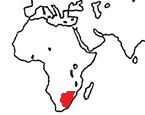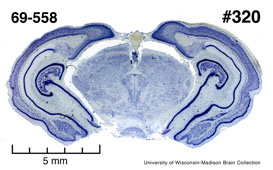|
Eastern
Rock Elephant Shrew
(Elephantulus myurus) #69-558 |
||||
|
|
Physical
characteristics and distribution
|
|
The small insectivorous mammals native to Africa known as Eastern Rock Elephant Shrews belong to the Macroscelididae family, in the order Macroscelidea. Their traditional common English name comes from a fancied resemblance between their long, noses and the trunk of an elephant, and an assumed relationship with the true shrews (family Soricidae) in the order Insectivora. The 15 species vary in size from about 100 mm to almost 300 mm, from just under 50 g to over 500 g. All are quadrupedal with rather long legs for their size, and although the size of the trunk varies from one species to another, all are able to twist it about in search of food. Their diet is largely insects and other small creatures, particularly beetles, spiders, worms, ants, and termites, mostly gleaned from leaf litter, but they also take seeds and some green shoots. They are widely distributed in Zimbabwe; E Botswana; N, C and E south Africa; Lesotho; and W Mozambique. |
|
Description
of the brain
|
|
Animal
source and preparation
|
|
All
specimens collected followed the same preparation
and histological procedure.
|
Other Related Resources (websites and publications)
List of Specimens | Explore Collections | Brain Sections | Brain Evolution | Brain Development | Brain Circuitry | Brain Functions | Location and Use | Related Web Sites | Contact Us | Search MSU Database | Personnel | Home



